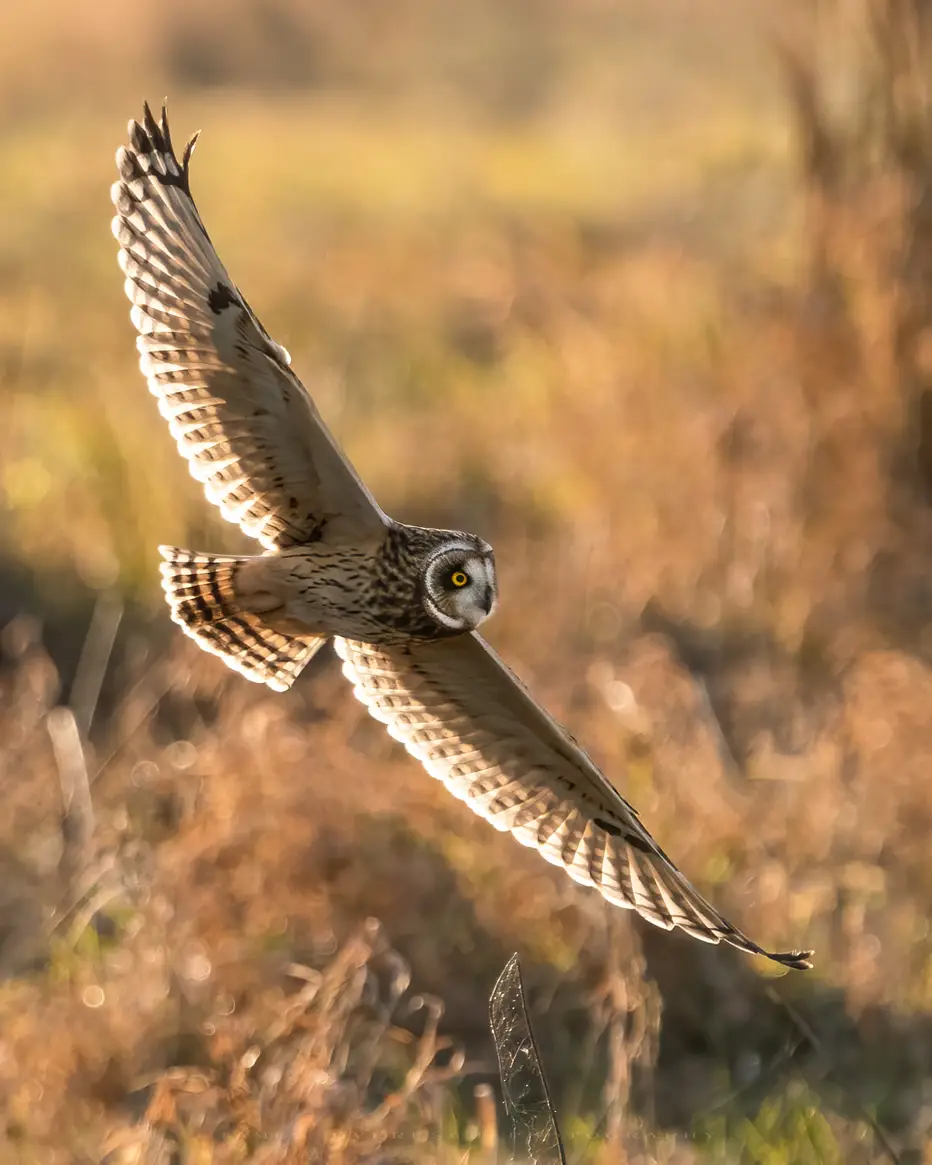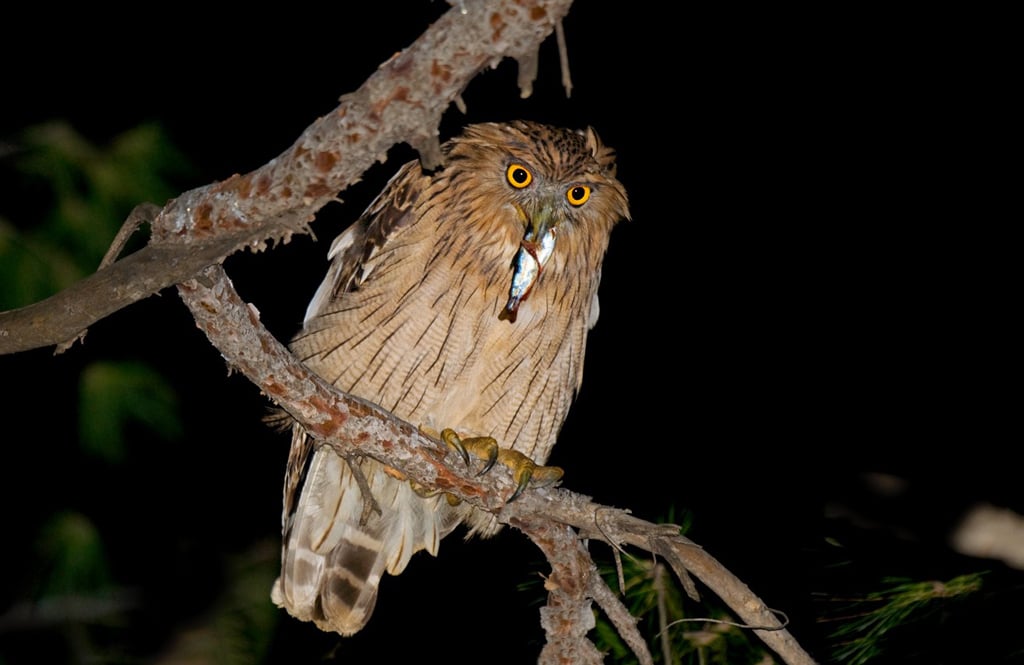I normally don't share anything I don't like here, but after reading these 2 pieces, I was left feeling very conflicted, so I thought I might get some opinions on it.
This person seems to be very qualified when it comes to all things forestry, and I don't think anyone could argue his credentials.
I thought I agreed with his overall point, but after reading his reasoning, it makes me question my choice. Perhaps I was being too pessimistic in giving up on the Spotted Owl. I don't think regulation will come to the timber industry due to there being too much money left in harvesting old growth.
With that option off the table, the only realistic thing to do seemed to let the Spotted and Barred Owls find a consistence, even if that meant the Spotted Owl would lose in the long run.
But I disagree with this guy's reasoning so much, it really bothers me. I don't know if the US or Canada will ever have leaders that will care about our environment over money, but it doesn't feel right to throw in the towel on the Spotted Owl.
If you read this, and especially the linked PDF article that goes into more detail that almost got him "canceled," in curious as to your takeaways.
Commentary: Hoot owl biology and the U.S. government
By Bob Zybach
In Charles Darwin's 1859 "Origin of Species," he describes "race" as members of the same species that typically develop different characteristics when separated geographically over time. Human races were the common focus and "scientific" discussions reflected the bigoted prejudices of that time.
In 1942 a German ornithologist, Ernst Mayr, defined animal species as "genetically distinct populations of individuals" capable of mating with one another and producing viable offspring.
These were the definitions my classmates and I were taught in public grade schools in the 1950s, and in public high schools and colleges in the 1960s.
When the Endangered Species Act (ESA) was adopted in 1973, 36 birds, 22 fish, 14 mammals, six reptiles and six amphibians were initially listed: 84 animals in all, and each a distinct species.
Today there are more than 1,770 designated ESA species listed as threatened or endangered in the U.S., and more than 635 foreign species: 2,400 total.
Of these totals, only 57 species that have been considered "recovered" and 11 considered "extinct" were delisted in the past 51 years. This is a success rate of less than 3%; and an average of listing more than 47 new ESA species a year, while removing only one.
The cost to taxpayers can be measured in the billions or trillions of dollars, depending on the accounting method.
The barred owl is the most common brown-eyed owl in North America and has been popularly known as a "hoot owl" for many generations.
Sometime by the 1950s these birds began expanding their range into the Pacific Northwest and breeding with native spotted owls, producing viable young called "sparred owls."
The spotted owl had been listed under the ESA as threatened in 1990 and the supposed cause of its low population numbers was claimed to be logging. This determination resulted in dozens of successful "environmental" lawsuits being filed from that time to the present with the specific focus of stopping the sale and harvesting of commercial timber, and particularly on public forestlands.
In 2007 U.S. Fish and Wildlife Service hunters began systematically killing barred owls and sparred owls on an "experimental" basis. The sole purpose was to control the breeding process in order to maintain genetic purity. Only these were wild owls, not domestic plants or animals, and ethical concerns were raised immediately. And then ignored.
A little over 10 years ago I wrote about this problem in a lengthy article that I also posted to a national blog of (mostly) retired U.S. Forest Service professionals for discussion. I then presented this perspective in two lectures to graduate students, staff and professors at the College of Forestry and then the Department of Fish and Wildlife at Oregon State University.
These efforts resulted in some meaningful discussions in the public forums, but immediate and adversarial claims of being a racist during my university lectures. Which was my whole point.
I had used polar opposites of the human species — a Pygmy and a Swede — to compare their differences in physiology, vocalizations, diet, coloration, appearance and preferred habitat with those of spotted owls and barred owls. I was challenging current scientific theory and government policies with documentation, but my work could be safely ignored because someone called me a name.
The cost to U.S. society for the purpose of keeping these brown-eyed cousins of owls from having sex has simply been too great for too many years.
The massive economic damage from spotted owl lawsuits — almost entirely funded by taxpayers — is generally well recognized: tens of thousands of lost jobs in the forest industry and U.S. Forest Service; hundreds of sawmill closures; billions of dollars in lost revenues to the U.S. Treasury, states, counties and schools; and the resulting degradation of our rural communities, roads, parks and services.
And, as predicted, millions of acres of so-called "spotted owl critical habitat" have gone up in flames, killing millions of wildlife and polluting the air with deadly smoke.
My thought remains that we need to stop playing God with hoot owls and let nature take its course. As Darwin pointed out, nature favors the "survival of the fittest," and in this instance that seems to be sparred owls.













Intensity is a good word to describe that element. I feel the show is willing to bump off characters, but 2 of the leads have survived too many close calls and it lowers the stakes a good bit.
The individual that showed up with the surprise faction really threw a wrench into things that I enjoyed though!